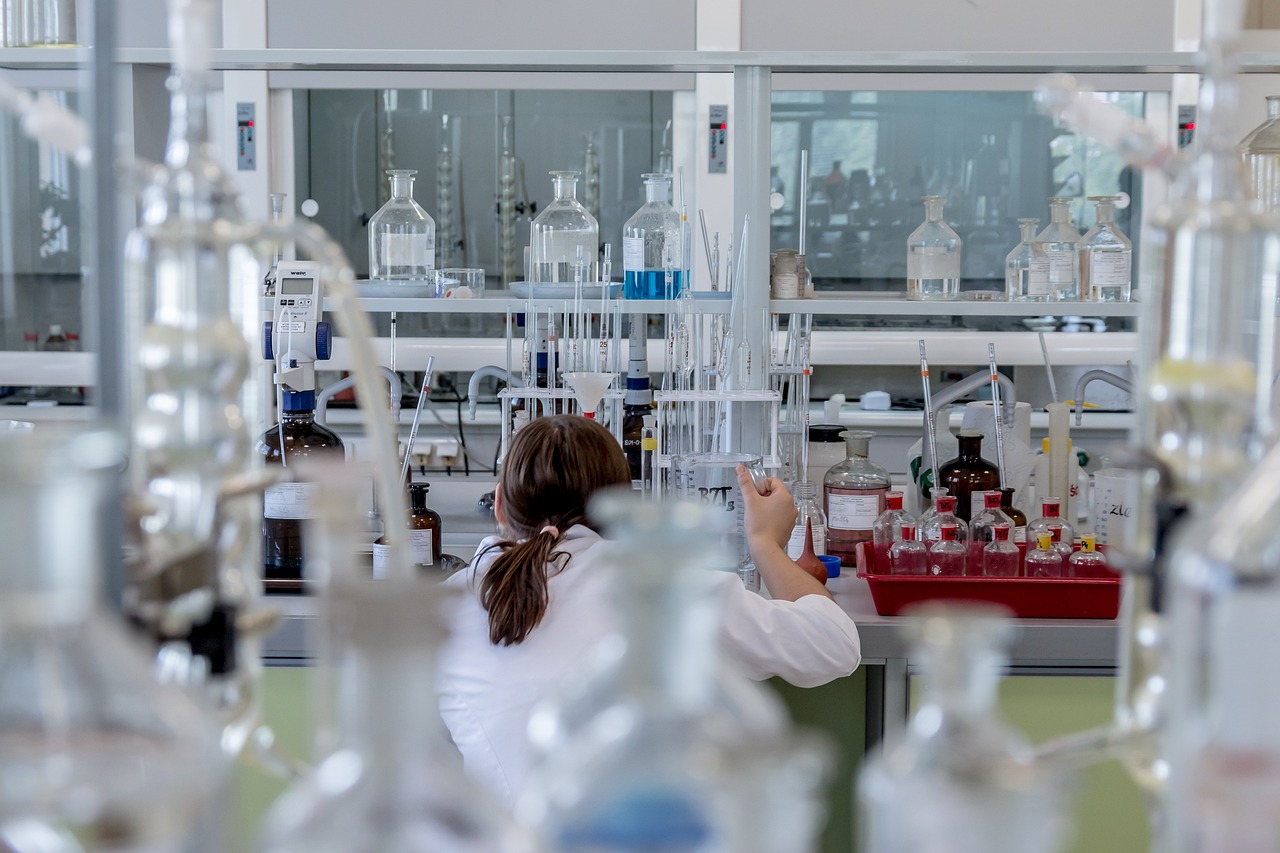In the food industry, ensuring food safety is a top priority, and an essential practice in achieving this goal is shelf stability assessment. This meticulous evaluation is crucial for maintaining the quality, safety, and longevity of food products. Shelf stability assessment goes beyond being a regulatory requirement; it blends scientific scrutiny and industry expertise to ensure that each product meets and often exceeds the stringent benchmarks for quality and safety.
It involves a sophisticated exploration into the balance of ingredients, packaging, and environmental factors that influence a product’s shelf life. This practice reflects a commitment to excellence, providing consumers with delicious and safe products.
Ultimately, shelf stability assessment goes beyond the laboratory, impacting the lives of consumers who rely on the food industry for nourishment that is tasty and, most importantly, safe for consumption.
This blog post will delve into the significance of shelf stability assessment and explore the various aspects that make it a cornerstone of food safety. From regulatory compliance to quality control measures, join us on a journey through the intricacies of ensuring the food’s safety.
Understanding Shelf Stability Assessment
In the complex world of ensuring food safety, “shelf stability” stands out as a cornerstone, highlighting the food industry’s unwavering dedication to quality assurance. Before diving into the complexities, it’s crucial to understand the essence of shelf stability—a term encompassing a food product’s inherent ability to maintain its quality, freshness, and safety over a specified period.
This involves a thorough process including “shelf life evaluation” and “product longevity analysis.” The meticulous examination extends to determining how long a product can uphold its optimal quality and safety standards while exploring the factors contributing to its resilience over time.
Essentially, the focus on the “importance of shelf stability” demonstrates the industry’s committed promise to deliver products that not only meet but surpass consumer expectations in terms of quality and safety, emphasizing the crucial role of this practice in protecting consumer well-being.
Check out our blog post on Food shelf life testing for a better understanding of this section.
The Core of Quality Control
Quality control is the bedrock of a reputable food industry, embodying a commitment to excellence and consumer well-being. A key focus within this framework is the systematic preservation of food freshness, a practice geared towards ensuring that products consistently surpass consumer expectations.
The emphasis on product safety instills confidence in consumers and fosters trust beyond mere transactions. Adherence to stringent industry standards serves as a tangible demonstration of a company’s unwavering dedication to delivering the highest quality.
Integral to this commitment is the concept of longevity assessment, a thorough examination of a product’s ability to endure and maintain freshness over time. This assessment emerges as a crucial factor in sustaining consumer trust, particularly as consumers’ demand for safety and quality rises.
In response to this heightened scrutiny, a robust longevity assessment becomes a proactive measure, aligning products with the elevated expectations of consumers.
Check out our blog post on Innovative Strategies for Prolonging the Shelf Life of Food for more information.
Navigating Regulatory Landscape
Strict adherence to regulatory standards is essential in today’s intricate food industry. Shelf stability guidelines serve as a crucial navigational tool, guiding businesses through the complex landscape of regulations. Recognizing the integral link between food storage safety and regulatory compliance is paramount.
This section highlights the importance of aligning with industry standards, emphasizing how shelf stability assessments are pivotal in achieving and maintaining regulatory compliance.
By incorporating these assessments into business practices, companies can proactively meet both mandatory requirements and the heightened expectations of consumers and regulatory bodies, ensuring the consistent delivery of products that adhere to the highest safety and quality standards.
Beyond the Surface: Quality Assurance Practices
In a responsible food industry, quality assurance practices transcend mere regulatory compliance, embodying a commitment to meeting or surpassing safety benchmarks for every product. At the heart of this assurance lies the comprehensive assessment for food safety. Going deeper into this framework, product expiration analysis emerges as a pivotal component.
This analysis entails meticulously examining a product’s longevity, considering various factors such as ingredients, packaging, and storage conditions. By proactively understanding how products evolve, companies can align with regulatory standards and enhance overall safety and quality. This strategic approach builds consumer confidence by ensuring products meet and consistently exceed the expected standards.
Product expiration analysis becomes a vital thread in the intricate tapestry of quality assurance, reinforcing the industry’s unwavering dedication to consumer well-being and satisfaction. This proactive examination of product longevity is a testament to the industry’s commitment to delivering products that adhere to the highest safety and quality standards, fostering trust among consumers.
Also, check out our blog post explaining Accelerated Shelf Life Testing.
The Holistic Approach: Freshness Preservation
Preserving freshness in the food industry goes beyond regulatory standards; it’s a commitment to exceeding consumer expectations. This section explores a multifaceted approach to freshness preservation, emphasizing the intricate interplay with shelf stability protocols.
Rather than just meeting basic requirements, the focus is elevating freshness by sourcing high-quality ingredients, optimizing storage conditions, and implementing advanced preservation technologies. This comprehensive strategy ensures that products meet safety and quality standards and deliver an exceptional sensory experience for consumers.
Intertwining freshness preservation with shelf stability protocols becomes crucial, serving as the bedrock for maintaining safety standards across the entire food supply chain. Adherence to these protocols at every stage, from production to distribution and retail, ensures that freshness is not merely a momentary attribute but a sustained quality throughout the product’s journey.
Ultimately, this dedicated and holistic approach contributes to a positive consumer experience, fostering trust and loyalty within the intricate dynamics of the food supply chain.
Best Practices in Storage Duration
Navigating the importance of shelf stability involves critically examining practical aspects, mainly focusing on the best practices surrounding storage duration. This exploration delves into the nuanced details of effective storage duration management, emphasizing its alignment with ensuring food safety.
These best practices encompass a comprehensive approach, from precise temperature control and suitable packaging to adept inventory management systems. Understanding the optimal storage conditions for each type of food product is pivotal, as variations in temperature, humidity, and light exposure significantly impact shelf life.
The primary objective of these practices is to prevent the compromise of product quality and safety, reducing the risk of microbial growth, spoilage, and the formation of harmful substances. By adhering to these best practices, businesses comply with industry standards and demonstrate a steadfast commitment to delivering products prioritizing consumer safety and satisfaction.
Check out SMS LAB’s Shelf Life testing services for your products and get better customer reception.
Conclusion:
In summary, the conclusion emphasizes the crucial role of shelf stability assessment in ensuring food safety within the complex landscape of the food industry. The comprehensive process, involving adherence to regulatory intricacies and a daily commitment to preserving freshness, reflects a dedicated focus on upholding quality and safety standards.
This commitment goes beyond regulatory compliance, actively delivering products that surpass safety benchmarks. As the food industry evolves with continuous innovations, the enduring importance of shelf stability assessment stands out, constantly reminding the industry to safeguard consumers’ health globally.
In an era of heightened awareness, this commitment becomes even more vital, showcasing the industry’s proactive approach to maintaining a leading role in ensuring food safety. Overall, the journey through regulatory complexities and daily practices underscores the indispensable role of shelf stability assessment in securing the trust and well-being of consumers worldwide.











